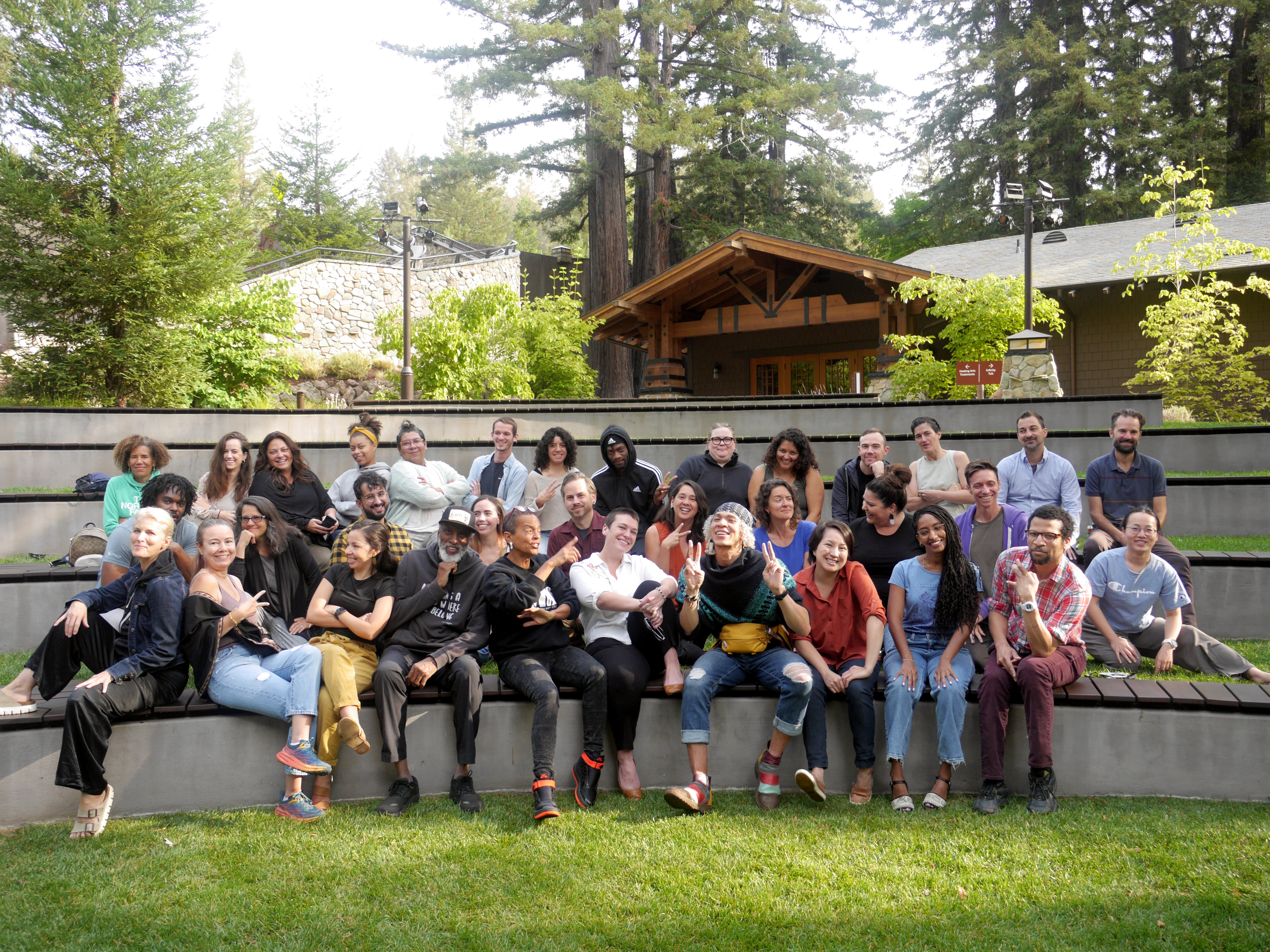BERKELEY: The California Tax Credit Allocation Committee (CTCAC) has reapproved the use of an opportunity map developed by the Othering & Belonging Institute (OBI) and its partners, California Housing Partnership and the Terner Center for Housing Innovation for 2024.
OBI and its partners have been working with CTCAC and the California Department of Housing and Community Development (HCD) on annually updating the map since 2017, which guides the siting of affordable housing using a federal tax credit.
The purpose of the map is to advance two specific Affirmatively Furthering Fair Housing (AFFH) objectives - increasing access to opportunity and replacing segregated living patterns with integrated and balanced living patterns.
To advance these objectives, the mapping methodology is designed to identify areas in every region of the state whose characteristics have been shown by research to support positive economic, educational, and health outcomes for low-income families, while also identifying areas that are both racially residentially segregated, and high poverty.
The 2024 update follows a year of in depth analysis conducted by OBI and partners as part of the Opportunity Framework project. In 2023, HCD launched this project aimed at assessing and refining the state’s approach to AFFH across different types of neighborhoods and multiple policy areas.
As part of this larger project, an in depth review of the opportunity mapping methodology was conducted, leading to several notable changes in the 2024 map, including an updated interface designed to increase transparency of the underlying methodology.
The re-adoption of the map demonstrates California’s continued commitment to using the federal Low Income Housing Tax Credit (LIHTC) program to avoid the racial segregation and economic isolation of low-income families to the detriment of these families’ life outcomes. Prior research by OBI found that the LIHTC program as administered in Texas, for example, had severely reinforced this tendency.
The mapping project was spurred following a 2017 investigation by OBI that found the majority of LIHTC resources for low-income housing in the Bay Area were being directed to low-income neighborhoods, and that only a small percentage of low-income housing was being constructed in high-opportunity areas. State agencies adopted the first opportunity map in 2018, and OBI and partners have since convened annually to update the map.
In 2023, OBI analyzed the impact of the opportunity map and the policies which reference it, and found that while the share of LIHTC funded affordable housing units in California’s higher resourced neighborhoods has increased since the map’s initial adoption in 2018, the majority of LIHTC housing continues to be located in neighborhoods with lower resources, demonstrating slow but meaningful progress in the state’s efforts to redistribute its affordable housing portfolio.
The 2024 Opportunity Map and previous maps, along with methodology and summary datasets, are available on CTCAC's website.




